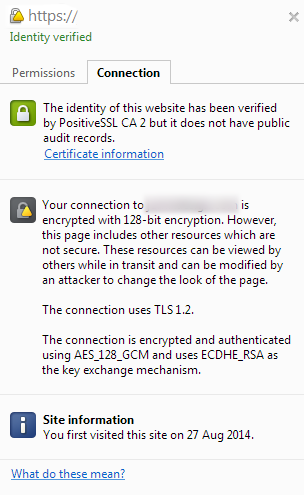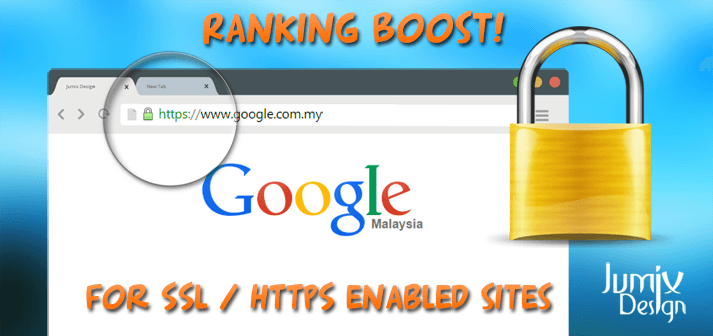According to a blog post from the official Google Webmaster Central Blog, Google takes security as their top priority and is now starting to give SSL and HTTPS enabled websites a better ranking signal.
What does this all means?
It means that Google takes good care of user’s data, and if your website is not doing enough security protocol to secure your visitors’ data, Google isn’t going to like you.
If Google doesn’t like you, you will not get a good ranking in their search engine, and you will be crying out loud.
How to make sure your SSL certificate is in the favour of Google?

Google has listed out the minimum requirements of your SSL certificate as below:
- It should be 2048-bit key certificates
- Use relative URLs for resources that reside on the same secure domain
- Use protocol relative URLs for every other domains
- Enable your site to be crawled by search engines using robots.txt
- Do not use noindex meta tag to allow indexing of your site
How much does a SSL certificate is going to cost you?
The fact that putting more money in your website to get a ranking boost scares off some website owners. However, you can actually get a SSL certificate from as low as RM199 per year. We say this is a very good investment.
Other than getting that ranking signal, you also secure the transfer of information in your website as well as boosting the confidence of your website visitors and customers. Kill two birds with one stone, so why not?
Your Considerations
Before you fully implement SSL / HTTPS on your website, there’s some things you will need to consider.
If you are going to make a “HTTPS everywhere” website, which mean every single pages on your website is going to serve through a HTTPS URL, then the speed and performance of your website will be affected by a bit, as now the data transfer will take a longer time to complete due to the extra encryption process.
If you don’t want to get hit by this speed penalty, you can also apply HTTPS to pages that requires information transfer, like Account Register & Login page, Checkout page, Contact page, Payment page etc.
This will give ranking juice to these pages and not those pages that are served without HTTPS.
To counteract the speed impact, you can also enable compression, optimize your images and other things you can do to reduce the page loading speed.
Making every pages to be served through HTTPS requires extra work as well. Most of your current images and scripts are not called from a HTTPS connection, so you will need to change all of them in order to remove that “X” or “Triangular Notice” mark off your SSL padlock on the browser’s URL bar.

Boosting Customers’ Confidence
Visitors that come to your website need to make sure their information is in safe hands, if your website is not secured with SSL, a third party may intercept the process during the information transfer between the user and your server and steal or alter the information. This is very risky and may result in financial losses.
When visitors see that your website is presenting in HTTPS, they are more confident in supplying their information on your website and feel much more secure when they are performing payment and transaction in it.
Need to know more about what is a SSL and the benefits of it? We have lay out those information in our SSL certificate page, you can head over and have a look.
Sanz Teoh
Latest posts by Sanz Teoh (see all)
- The True Price Tag of Launching Your Online Store - March 31, 2024
- Best Features and Functionality of a Website - March 28, 2024
- Cost to Maintain a Corporate or eCommerce Website - March 20, 2024



